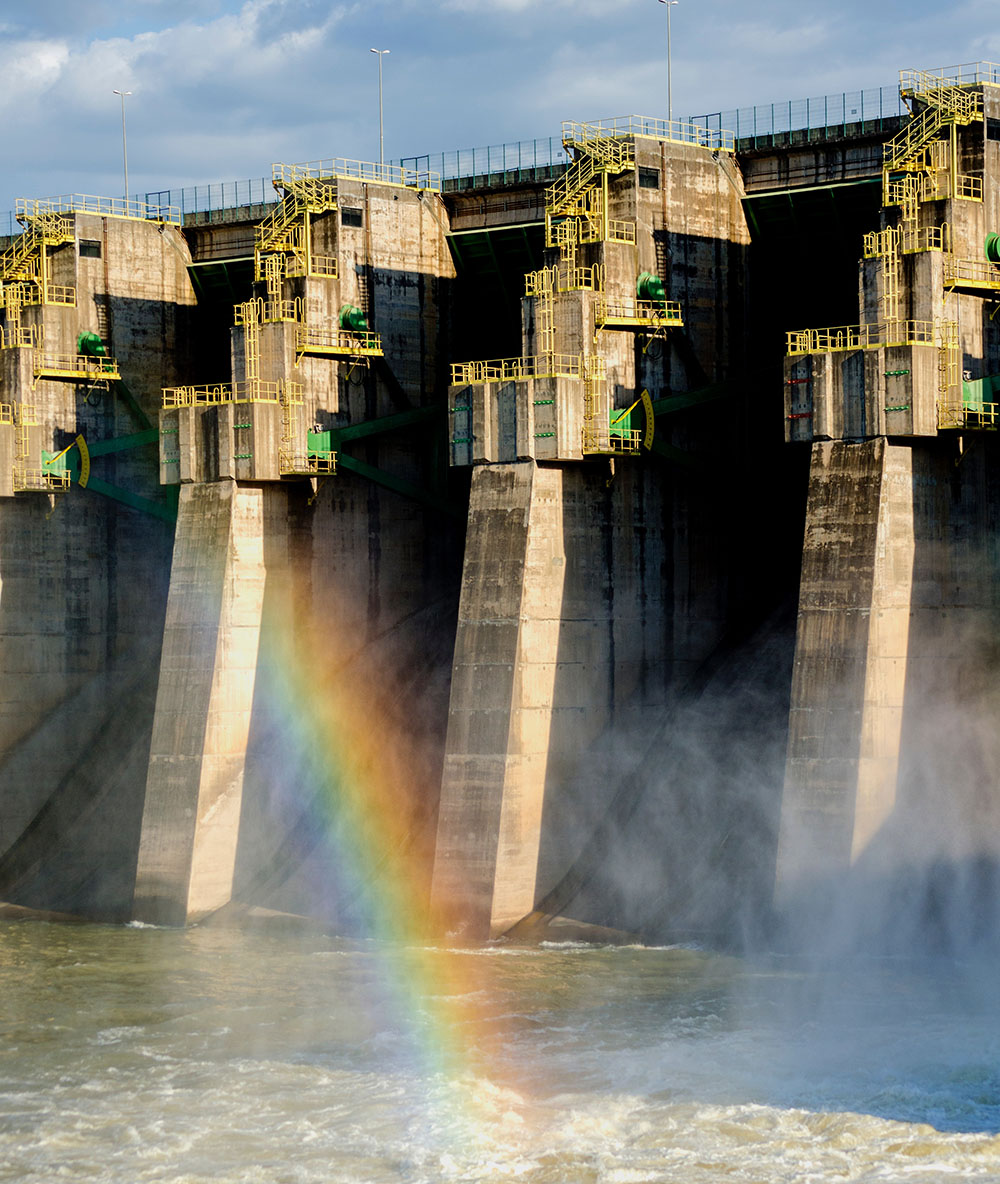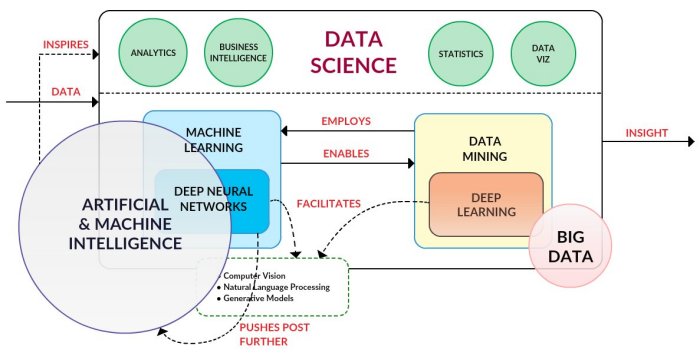The main reasons to use Data Analytics in Water Industry
25 July, 2018Where to apply Data Analytics in Water Utilities: Resource mgt
14 August, 2018
Become a data-driven company to leverage data to the max, is not an easy task. Unless you draw a consistent strategy. You’re going to find in this text a starter roadmap may help you to define the path any water utility must walk to squeeze data properly.
The first path’s stop is the one that define our different INFORMATION PORTALS inside our organizations.
Through these we have access to traditional Reporting tools. Basically, our goal here is providing a wide range of pre-treated and “cooked” information to all the corners within my organization in a controlled and governed way. These are long implanted in our water companies, from the simplest Microsoft Excel, passing through the different Open Source alternatives and reaching to the most integrated and complex alternatives like Microstrategy, IBM COGNOS or SAS.
Through these portals, we also gain access to our operational, financial or any other kind of dashboards as a result of Business Intelligence technology implementation. The information there is more elaborate and prepared and much more oriented to the business needs and processes key indicators. This is the query natural space for our people. It’s the place where a majority will occasionally go to consult this or this report, in which they will rely blindly. Until recently, it seemed to be the only alternative to analyze data on a Water company.
Following the path and sharing a diffused border with the portals, we find the DATA OR ANALYTICAL WORKBENCH.
This, let’s face it, is already harder to find in our industry. The tools here are behind of discovery, interactivity, being able to tell a story through the data and respond to basic analytics, which is mainly concerned with description (What happened?) and diagnostic (Why did it happened?). It’s the space where vendors like Microsoft Power BI, Qlik or Tableau feel extremely comfortable.
These kinds of tools require greater control and minimum analysis skills on how to work with the data to get them directed in the right business direction. In addition, while portals have always been based on well-structured business information, these tools pursue the multiple data sources integration, whether internal or external to the organization such as social media or Open Data. Only a select group of business or data analysts are comfortable snorkeling in this advanced analysis ecosystem oriented to the pure diagnosis.
And finally, we get to the Holy Grail of the Data Analytics for organizations today, the place where everyone wants to go. We refer to the DATA LABORATORY or where data science occurs.
This is where we twist the data to get simulations, optimizations or predictions with powerful statistical tools. This is also the space where the real Data Sciencist make context-based analytics, which is mainly concerned with cognitive aspects and machine learning. Here we can talk about unstructured data of all kinds, audio, video, images or text and large data volumes captured through our IoT strategy.
Reach the last stage supposes a brutal effort as an organization. And I don’t have in mind financial or economic aspects. I’m referring about the culture itself. Becoming a data-driven organization involves a huge change in people, processes and tools. Because of its depth and complexity, I prefer to reserve this change analysis for another post where I can share my vision about who should to do what with which tool to generate knowledge from their data without dying in the attempt.
At this point it seems that the end of the road is too far, almost an impossible task. It’s an invitation for those who conform with the devil you know instead of explore uncertainty. It’s perhaps time to glimpse the potential reward and ask ourselves if so titanic effort is well worth. So the question is:
What can I get if we reach the last stage and what’s the value to water industry?
We need to look for the answer to this question in one of the most current trendy and fashionable idea, Artificial Intelligence. A large majority thinks that it’s nothing more than the intelligence of machines. A smart and brilliant IA student as Nils J. Nilsson defines it as “Artificial intelligence is that activity devoted to making machines intelligent, and intelligence is that quality that enables an entity to function appropriately and with foresight in its environment”.
Other more practical ones like report AI100 (100 years of study of the Artificial Intelligence) authors, led by Stanford Californian University, believe that it’s the computer science branch which studies the intelligence properties through its synthesis. This study states that intelligence lies on a multi-dimensional spectrum. According to this view, the difference between an arithmetic calculator and a human brain is not one of kind, but of scale, speed, degree of autonomy, and generality. And that’s absolutely true.
The current research fields of Artificial Intelligence cover the most advanced aspects of Data Analytics. It’s within the AI radar range where the most innovative and experimental analytics aspects are being treated. These are the ones that, in a short time, will be part of a mature technological offer for all industries, not only the most advanced. We’re talking about disciplines such as LARGE-SCALE MACHINE LEARNING that deals with the learning algorithms design, the DEEP LEARNING that through technologies such as neural networks are revolutionizing computer vision or REINFORCEMENT LEARNING or the framework that shifts the focus of machine learning from pattern recognition to experience-driven sequential decision-making.
On the other hand, we also have disciplines such as ROBOTICS that is dramatically improving robot interaction with the environment and human, COMPUTERIZED VISION that is focused on automatic image and video captioning or NATURAL LANGUAGE PROCESSING that deals with automatic speech recognition to get dialogues and automatic translations. Here we must consider the use of voice in the mobile, a growing trend (Google announced that 20% of current mobile queries are done by voice).
IA also works in COLLABORATIVE SYSTEMS that pursue the development of autonomous systems can work collaboratively or OPEN DISTRIBUTED COLLABORATION AND HUMAN COMPUTING based on learning systems methods through automatic calls directed to human expertise to solve problems that machines cannot solve alone. Finally, we find other branches involved in the THEORY OF GAMES AND COMPUTERIZED SOCIAL CHOICE or the application of how the AI can help to align people incentives, understanding their interests in order to represent them, in NEUROMORPHIC COMPUTING, an attempt to mimic biological structures to improve hardware or INTERNET OF THINGS we already know, don’t we?
Regarding the IA topics above, I’m able to think on thousand things right now we can apply to our Industry: using drones for active surveillance at remote facilities, automatically environment recognition in order to reduce risk levels in maintenance tasks, on the field automatic data collection by environment changes detection and active sensorization, using virtual assistants to get a better customer care service, improving interoperability between information systems through collaborative systems, making smart task assignment using voice command assistants… Do you want more? It’s an endless list. The imagination is the limit.
Obviously the only Artificial Intelligence application is not enough to achieve this huge challenge. The Water industry, like many others, must be helped by other types of necessary revolutions to achieve our objective: an easy access to knowledge from large volumes of different types of data, treated very fast, accessible from anywhere and operable throughout a set of hyperconnected devices and systems. I‘m referring to the other pieces of Data Science puzzle you can see below and perfectly explained in this good article
What should we consider in the Water Industry on these parts?
Big Data
Well, many things indeed. Those things are quite common today but may change a lot in a year. Regarding our much-needed BIG DATA (like breath…) we’re aware that more and more these projects are uploaded to the cloud, especially small and medium companies which increases their advantage and agility. Data from IoT and other unstructured data begin to enter in Big Data projects. Other industries are already daring with other dark data like paper documents, photos and other strange things. There’s an obvious concern for data governance related to administration and access to the knowledge generated around these projects. In this sense, companies are trying to avoid the potential non-validated information leakage that can easily cause errors or bad interpretations (different truths taken from the same place at different times). And big companies are getting impatient. Short time ago Big Data projects were seen as long-time investments. Now times are changing, and companies are asking for faster results.
Internet of Things
Regarding IoT, the traditional big vendors are still reluctant to give up their space in the market. They take care of their niche and haven’t bet firmly by a true IoT paradigm. Our industry is one of the traditional markets for these manufacturers. This fact can weigh us down to reuse the algorithms that are in our SCADAs. On the other hand, there’s already a real possibility for optical and acoustic sensors application to our processes. We’re all thinking how to get them started with them. A great challenge with plenty of pros. But like everything else, there’re still cons. Despite the great deployment made by major Telcos and other global business low frequency initiatives, there’re still doubts whether a large-scale IoT is possible for now.
Cloud computing
About CLOUD COMPUTING no one can hide it: The Cloud takes off definitively. Business Apps are skyrocketing. And they’re going mainly to public clouds. Speed is taking precedence over migration projects, something I don’t recommend at all. The containers technology (Docker, kubernetes …) are sweeping like the best forecast for the future. Companies perceive it as the maximum flexibility and minimum vendor locking, something great once we decided to move from one cloud to another.









